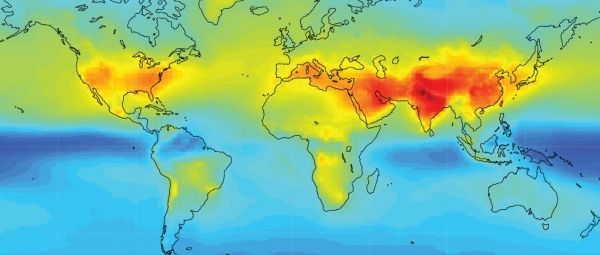As local, federal, and international policies targeting the quality of the air we breathe continue to evolve, questions arise of how effective existing policies have been in improving human health. For example, how many lives have been saved by tough air pollution policies? How many illnesses have been caused by lax policies?
NASA recently initiated two projects to provide some answers drawing on its scientific expertise and global observations of air pollution from spacecraft orbiting Earth. It is information air quality managers say they need to refine current policies and develop effective new ones.
One project demonstrated that improvements in air quality in the United States between 1990 and 2010 reduced deaths from air pollution by nearly half. The other project, taking a global view of asthma, found that high levels of air pollution caused millions of emergency room visits annually.
Read more at National Aeronautics and Space Administration (NASA)
Image: The study of asthma impacts caused by air pollution used data on several pollutants including ozone. Shown here are annual average ozone concentrations from 2015; red indicates high concentrations, blue indicates lower levels. CREDIT: Environmental Health Perspectives


